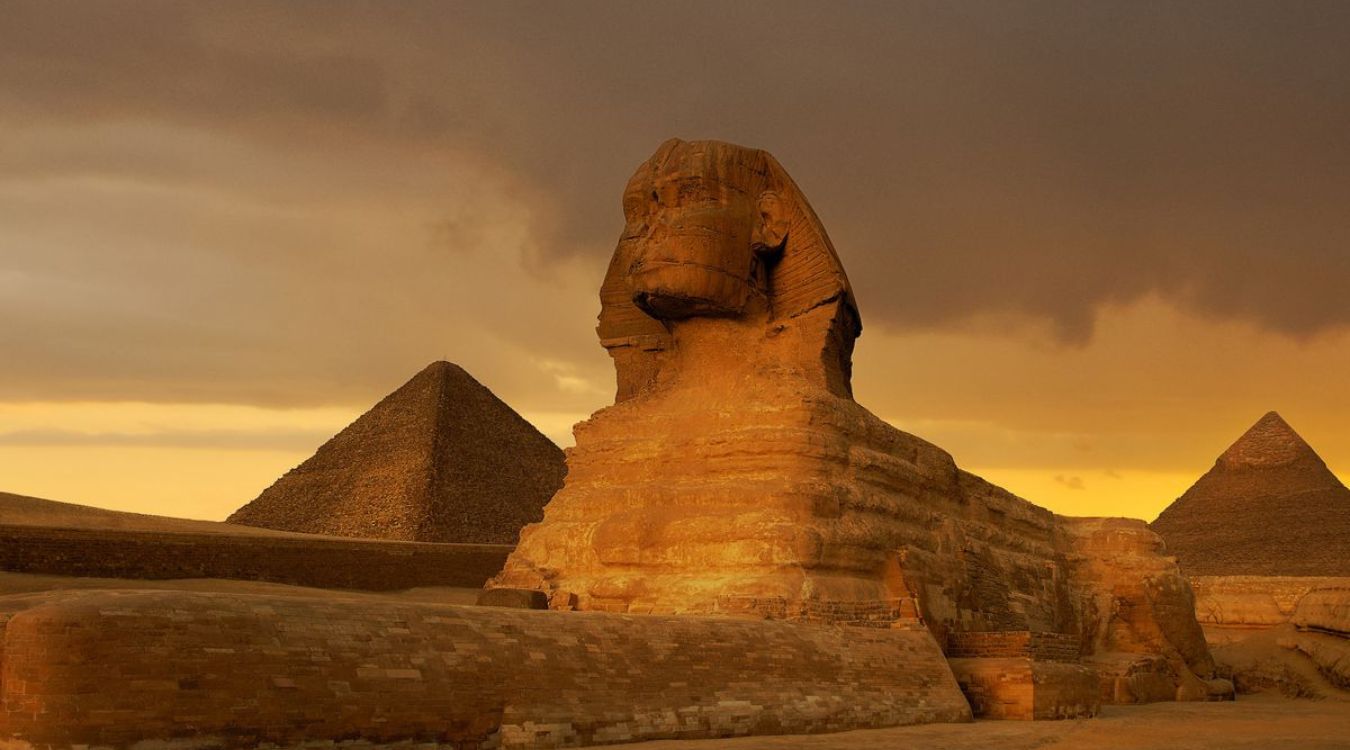
Ever wondered what life was like in Ancient Egypt? This ancient civilization, known for its pyramids and pharaohs, holds many secrets. From the bustling markets of Thebes to the serene banks of the Nile, daily life was a mix of hard work, religious rituals, and community gatherings. Did you know that Ancient Egyptians loved their pets, especially cats? They believed cats brought good luck and protected their homes from evil spirits. Another surprising fact: Egyptians invented one of the earliest forms of writing, called hieroglyphics. This writing system used pictures to tell stories and record history. Intrigued yet? Let's dive into 25 fascinating facts about life in Ancient Egypt that will transport you back in time.
Key Takeaways:
- Ancient Egyptians worshipped many gods, made paper from papyrus, and built pyramids, leaving a lasting legacy in art, medicine, and engineering.
- Daily life in ancient Egypt revolved around the Nile River, hieroglyphics, and a well-defined social structure, showcasing their rich culture and unique way of life.
Daily Life in Ancient Egypt
Ancient Egypt was a fascinating civilization with a rich culture and unique way of life. Let's dive into some intriguing facts about their daily existence.
- Hieroglyphics were the writing system used by ancient Egyptians, consisting of over 700 symbols.
- Papyrus was the paper-like material they invented from the papyrus plant, used for writing and recording information.
- Bread and beer were staples in their diet, often made from barley and emmer wheat.
- Nile River was the lifeline of Egypt, providing water, transportation, and fertile land for agriculture.
- Mudbrick houses were common, with flat roofs that served as extra living space.
Religion and Beliefs
Religion played a central role in the lives of ancient Egyptians. Their beliefs influenced many aspects of their culture.
- Polytheistic beliefs meant they worshipped many gods and goddesses, each with specific roles and attributes.
- Mummification was a process to preserve bodies for the afterlife, involving removal of internal organs and wrapping in linen.
- Book of the Dead contained spells and instructions to help the deceased navigate the afterlife.
- Pharaohs were considered divine rulers, believed to be gods on earth.
- Temples were not just places of worship but also served as economic and administrative centers.
Social Structure
The social hierarchy in ancient Egypt was well-defined, with each class having specific roles and responsibilities.
- Pharaoh was at the top, followed by nobles and priests who held significant power and wealth.
- Scribes were highly respected for their ability to read and write, essential for record-keeping and administration.
- Artisans and craftsmen created beautiful works, including jewelry, pottery, and sculptures.
- Farmers made up the majority of the population, working the land and paying taxes in the form of crops.
- Slaves were often prisoners of war or debtors, performing labor-intensive tasks.
Achievements and Innovations
Ancient Egyptians were pioneers in various fields, leaving a lasting legacy through their achievements.
- Pyramids are among the most iconic structures, built as tombs for pharaohs and showcasing advanced engineering skills.
- Medicine was quite advanced, with knowledge of anatomy, surgery, and herbal remedies.
- Mathematics included a system of numbers and geometry, crucial for building projects and land measurement.
- Calendar was based on the lunar and solar cycles, helping them predict the annual flooding of the Nile.
- Irrigation systems were developed to manage water resources and support agriculture.
Art and Culture
Art and culture flourished in ancient Egypt, reflecting their beliefs and daily life.
- Wall paintings and carvings adorned tombs and temples, depicting gods, pharaohs, and everyday scenes.
- Jewelry was not only decorative but also held religious significance, often made from gold and precious stones.
- Music and dance were integral to religious ceremonies and celebrations, with instruments like harps, flutes, and drums.
- Literature included poetry, stories, and wisdom texts, written on papyrus scrolls.
- Clothing was typically made from linen, with men wearing kilts and women donning dresses, often accessorized with jewelry.
Ancient Egypt's rich history and culture continue to captivate us, offering a glimpse into a civilization that shaped the world in many ways.
Ancient Egypt's Legacy Lives On
Ancient Egypt's influence remains strong today. From the pyramids to hieroglyphics, their contributions to architecture, writing, and science continue to amaze. The Great Pyramid of Giza still stands as a testament to their engineering prowess. Mummification practices give us insights into their beliefs about the afterlife. Their advancements in medicine and astronomy laid the groundwork for future discoveries. Even their fashion, with linen clothing and kohl eyeliner, has left a mark on modern styles. The Nile River was the lifeblood of their civilization, providing resources and enabling trade. Ancient Egypt's rich history and culture offer endless fascination. Whether you're a history buff or just curious, there's always something new to learn about this incredible civilization. Their legacy lives on, reminding us of the ingenuity and creativity of the ancient world.
Frequently Asked Questions
Was this page helpful?
Our commitment to delivering trustworthy and engaging content is at the heart of what we do. Each fact on our site is contributed by real users like you, bringing a wealth of diverse insights and information. To ensure the highest standards of accuracy and reliability, our dedicated editors meticulously review each submission. This process guarantees that the facts we share are not only fascinating but also credible. Trust in our commitment to quality and authenticity as you explore and learn with us.
